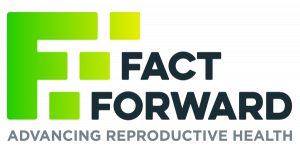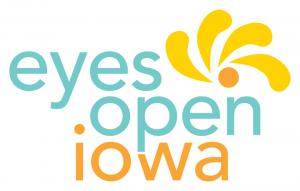Virtual Professional Development is a simulated classroom where teachers can practice teaching student avatars using short scenarios and support from an instructional coach, so they can quickly learn and master the skills they most need to be effective. With upper elementary, middle and high school classrooms, Virtual PD has scenarios for teachers of all grade levels across a wide range of topics aligned with the Professional Learning Standards for Sex Education (PLSSE). You can watch the video here (link is external) to learn more about Virtual PD.
Using the Virtual Professional Development simulated classroom, the educator will practice Adapating Lessons for Students Who Are LGBQA+with the student avatars. In this VPD scenario, the educator will review a relationship scenario and will rewrite it to make the language more inclusive and affirming of LGBQA+ students. Once in the simulation with five students, the participant will have students discuss whether or not they think the scenario is an example of a healthy or unhealthy relationship. The participant will need to demonstrate three strategies that can be used to make lessons affirming for youth of all sexual orientations.





